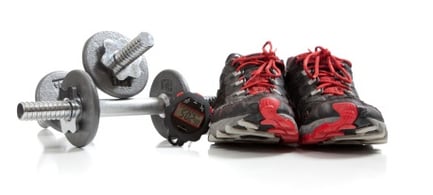 We’ve all heard the saying, “There are no stupid questions,” but there are a lot of questions that take a lot of effort and thought to answer correctly. One such question comes to mind when we are discussing fitness: “What should I do first, cardio or strength training?”
We’ve all heard the saying, “There are no stupid questions,” but there are a lot of questions that take a lot of effort and thought to answer correctly. One such question comes to mind when we are discussing fitness: “What should I do first, cardio or strength training?”
I would say that sounds pretty cut and dry, and the answer would just be in a textbook reference somewhere, but solving this conundrum will not be so simple. When you put it in perspective, it’s almost like asking what comes first, the chicken or the egg? Both are necessary and complement each other, but the overall outcome of your fitness results could very well be determined by whether you do your cardio before or after your strength training.
Define Your Goals
While wearing your fitness investigator hat, first ask the question: “What are my fitness goals?” This will be a defining moment, because your goals will directly influence your cardio decision. Instead of thinking about what you are burning (carbohydrate or fat) to fuel your workout, think a little more about specific goals, such as increasing your cardiovascular endurance, decreasing body weight, increasing muscular strength, and so forth.
Goal: Cardiovascular Endurance
If your goal is to increase cardiovascular endurance, the most sensible next step is to perform cardio exercise and vice versa with increasing muscular strength (Roizen, 2014). Although there has been some research on the topic, a 2013 study at the Life Science Division at Lawrence Berkeley National Laboratory found that both walking and running were beneficial to good health, and went so far as to say that walking may be even more beneficial to good health (which is also a topic we will cover in a future blog.
This makes it seem as though normal individuals with sensible goals can make their lives a lot easier and focus on more manageable ambitions, such as the aforementioned weight loss, etc.
Goal: Losing Weight and Gaining Muscle
Probably the most commonplace goal I hear as a personal trainer is, “I want to lose weight, and gain muscle.” How does that fit into our cardio vs. strength training riddle? Without spending a huge amount of time reading tomes of fitness research, alternating the cardio and strength order and doing various cycles is one way to make sure both of your goals are met and you continue to have a well-balanced regimen. Variety is the spice of life, is it not?
I encourage you to continue this discussion in the comments area. As we go along our fitness quests, we do not have to go alone. A Health Fitness Specialist can provide some much-needed guidance, and can lend a helping hand when you need to be lifted back on the wagon. Feel free to stop by the NIFS track desk, or call to schedule an appointment today!
Rejoice and evolve,
This blog was written by Thomas Livengood, NIFS Manager, and Trainer, and posted in loving memory of him and all the great blogs he wrote for NIFS over the years.

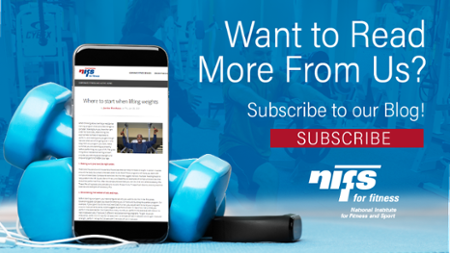
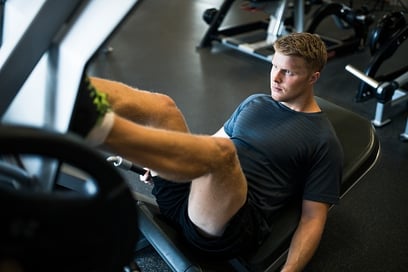 You have finally achieved your goal of adding some lean muscle mass, so what now? Where do you go next? The next step I would take would be to train your body to use those newly developed muscles to their fullest potential. This increase in strength building can come from numerous sources, some of which you may have already experienced.
You have finally achieved your goal of adding some lean muscle mass, so what now? Where do you go next? The next step I would take would be to train your body to use those newly developed muscles to their fullest potential. This increase in strength building can come from numerous sources, some of which you may have already experienced. 
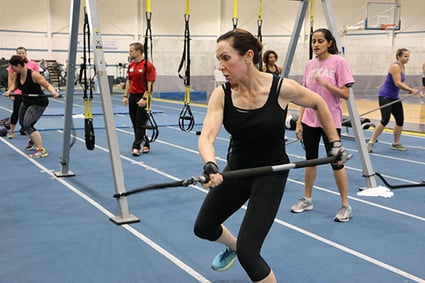 High-Intensity Interval Training
High-Intensity Interval Training
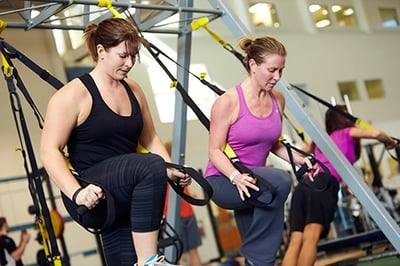 You may have been around the gym environment when TRX training came about and wondered what the benefit of using those straps could be. I remember hitting the weight room in college and thinking, “What on earth are those? And how could I possibly get as good of a workout with them as I do with lifting?” After spending only about 20 minutes on them, I quickly learned how suspension training using body weight could really build strength and challenge the entire body, no matter the movement!
You may have been around the gym environment when TRX training came about and wondered what the benefit of using those straps could be. I remember hitting the weight room in college and thinking, “What on earth are those? And how could I possibly get as good of a workout with them as I do with lifting?” After spending only about 20 minutes on them, I quickly learned how suspension training using body weight could really build strength and challenge the entire body, no matter the movement!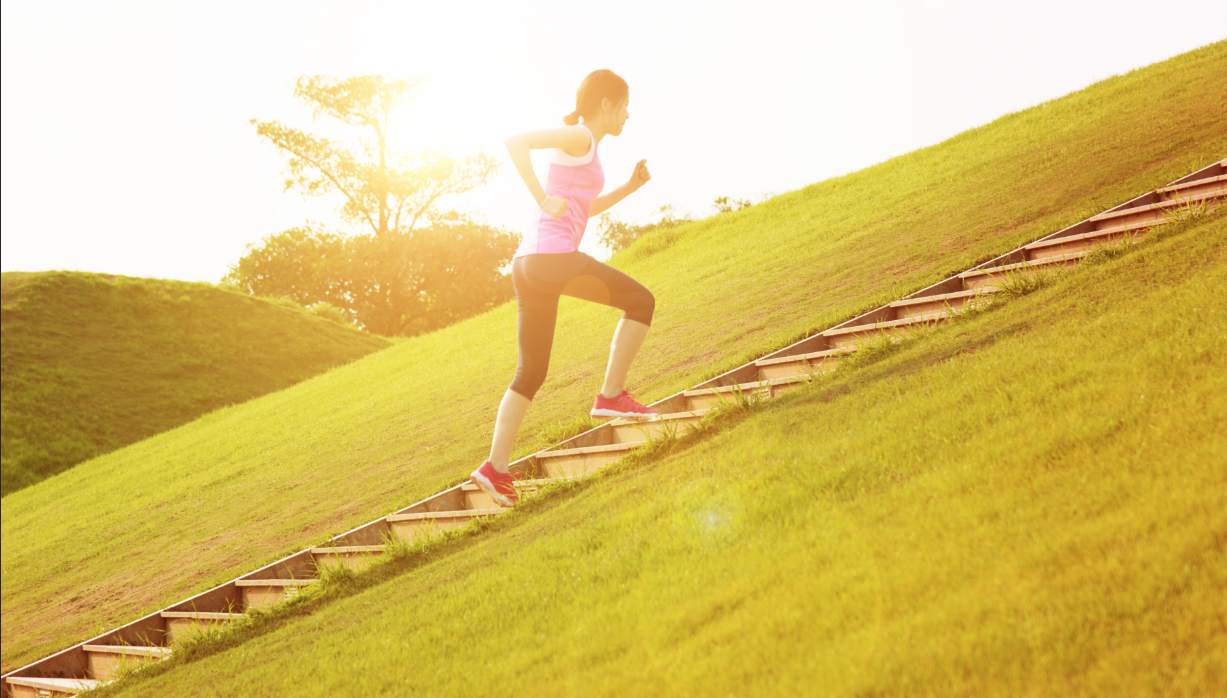
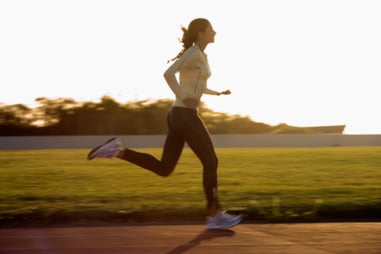 Rome wasn’t built in a day, and neither is a physically fit and healthy body. The great city was built as the result of the culmination of years and years of hard work. From streets to buildings, each single brick or stone was set with a vision in mind to create the best city in the world. I’m sure many mistakes were made throughout the process; however, those mistakes were only microscopic setbacks in the overall plan.
Rome wasn’t built in a day, and neither is a physically fit and healthy body. The great city was built as the result of the culmination of years and years of hard work. From streets to buildings, each single brick or stone was set with a vision in mind to create the best city in the world. I’m sure many mistakes were made throughout the process; however, those mistakes were only microscopic setbacks in the overall plan. I consider myself a
I consider myself a 
 As a natural-born morning person, many people frequently ask what my secret is for bursts of energy before the sun rises. While I may naturally be a morning person, there are a few things that I do in order to guarantee a successful morning workout because, believe it or not, there are times that even I find it hard to drag my bod to the gym to start my day.
As a natural-born morning person, many people frequently ask what my secret is for bursts of energy before the sun rises. While I may naturally be a morning person, there are a few things that I do in order to guarantee a successful morning workout because, believe it or not, there are times that even I find it hard to drag my bod to the gym to start my day.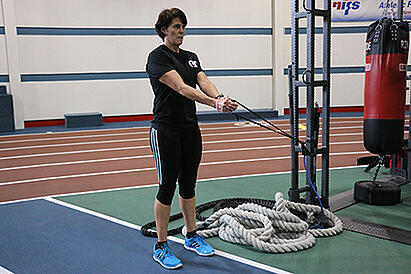 This is a milestone year for me, so I have decided to do a workout of the day using my new age as the number of sets, reps, or length of time of the workout.
This is a milestone year for me, so I have decided to do a workout of the day using my new age as the number of sets, reps, or length of time of the workout. 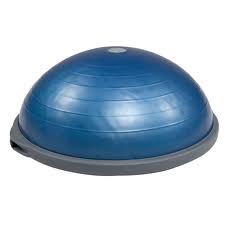 BOSU. Does that stand for “both sides utilized,” or “both sides up”? To some of us, it’s a half-blue ball thing that makes our crunches doable; to others, if done right, it can make some exercises downright brutal. Whatever the case may be, the BOSU ball is an intriguing piece of exercise equipment that won’t soon be tossed in the
BOSU. Does that stand for “both sides utilized,” or “both sides up”? To some of us, it’s a half-blue ball thing that makes our crunches doable; to others, if done right, it can make some exercises downright brutal. Whatever the case may be, the BOSU ball is an intriguing piece of exercise equipment that won’t soon be tossed in the 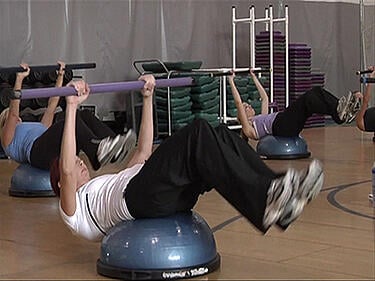 When we take a look at progressions and regressions for BOSU exercises, there are several aspects we can touch on:
When we take a look at progressions and regressions for BOSU exercises, there are several aspects we can touch on: